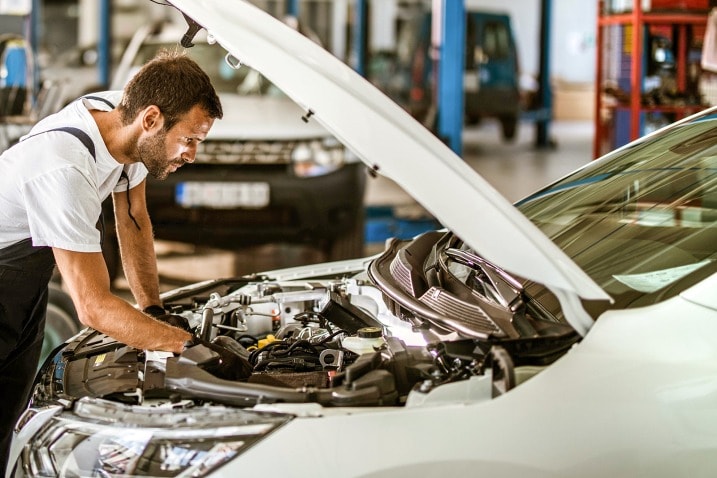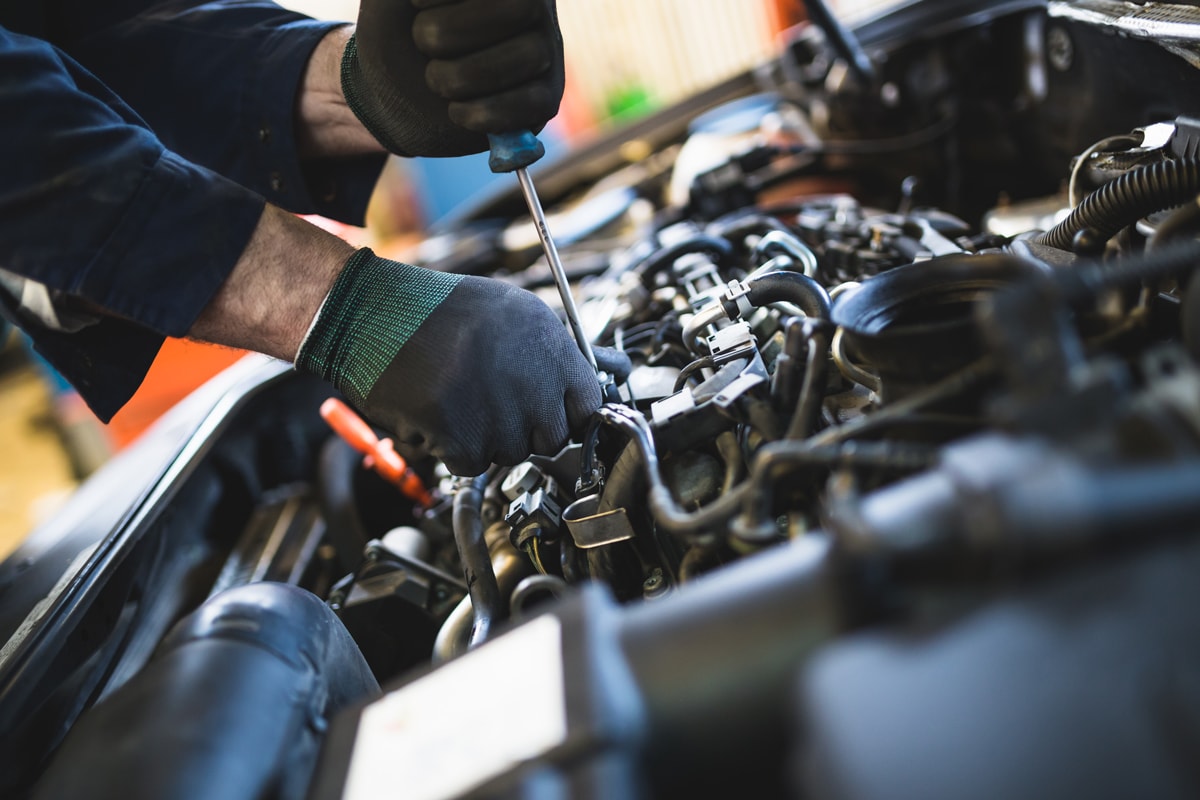Featured
Your vehicle's shock absorber is a crucial part that enhances your driving experience by offering comfort, stability, and control. With time, damage on this system can endanger your automobile's safety and performance. By taking on correct upkeep techniques, you can extend the life of your suspension and stay clear of costly repairs. Below's a detailed overview to maintaining your shock absorber in superb shape.
![]()
Leaking Fluid: Oil around the struts or shocks indicates they may need replacement. Harmed Springs: Splits or breaks in the springtimes can cause irregular car height. Rust or Rust: Steel components like control arms and bushings are vulnerable to corrosion in time. If you see any kind of abnormalities, have your shock absorber checked by a professional mechanic.
Keep tires inflated to the suggested pressure. Revolve tires every 5,000 to 7,500 miles. Balance and line up wheels yearly or after striking pockets or visuals. Irregular tire wear is an usual sign of suspension imbalance or used elements.
![]()
Conclusion. Appropriate upkeep of your suspension system is crucial for making sure a comfortable and secure driving experience. By performing normal assessments, changing used parts, maintaining tire treatment, and driving properly, you can keep your suspension in peak condition. Aggressive care not only protects against expensive repair services yet additionally ensures your car's long life and safety and security for every single trip.
- Understand the Value of the Shock Absorber. The suspension system absorbs shocks from uneven roads, sustains the vehicle's weight, and maintains the tires firmly touching the roadway. It consists of shocks, struts, springs, control arms, and bushings, every one of which job with each other to guarantee a stable and smooth adventure. Acknowledging its relevance is the very first step toward appropriate treatment.
- Conduct Regular Aesthetic Evaluations. Constant aesthetic checks can help recognize possible issues early. Search For:

Leaking Fluid: Oil around the struts or shocks indicates they may need replacement. Harmed Springs: Splits or breaks in the springtimes can cause irregular car height. Rust or Rust: Steel components like control arms and bushings are vulnerable to corrosion in time. If you see any kind of abnormalities, have your shock absorber checked by a professional mechanic.
- Address Uncommon Noises and Signs And Symptoms. Uncommon noises, such as creaking, squeaking, or clunking, usually signal suspension problems. A bouncy adventure, difficulty steering, or the car pulling to one side shows that a suspension part might require attention. Don't neglect these signs; very early detection can prevent further damages.
- Maintain Correct Tire Treatment. Tires and suspension collaborate to provide a smooth experience. To lower stress on your suspension system:
Keep tires inflated to the suggested pressure. Revolve tires every 5,000 to 7,500 miles. Balance and line up wheels yearly or after striking pockets or visuals. Irregular tire wear is an usual sign of suspension imbalance or used elements.
- Replace Worn-Out Elements promptly. Suspension parts like shocks, struts, and bushings break gradually. Producers commonly recommend replacing shocks and shows off every 50,000 to 100,000 miles, depending on driving problems. Postponing replacement can jeopardize handling, security, and overall vehicle efficiency.

- Prevent Overloading Your Lorry. Surpassing your car's weight capacity puts too much stress on the shock absorber. This can result in quicker tear and wear on elements like springs and shocks. Always inspect your owner's guidebook for weight restrictions and avoid overloading.
- Drive Responsibly. Hostile driving routines, such as speeding up over pockets, taking edges as well fast, or frequently driving on harsh roads, can harm your suspension. Technique mindful driving to decrease wear and expand the lifespan of your shock absorber.
- Schedule Professional Assessments. Regular professional examinations are necessary for recognizing surprise problems and ensuring optimum efficiency. Auto mechanics can spot issues that aren't visible throughout a do it yourself check, such as used sphere joints or control arm damages.
Conclusion. Appropriate upkeep of your suspension system is crucial for making sure a comfortable and secure driving experience. By performing normal assessments, changing used parts, maintaining tire treatment, and driving properly, you can keep your suspension in peak condition. Aggressive care not only protects against expensive repair services yet additionally ensures your car's long life and safety and security for every single trip.
Latest Posts
Protect Your Home with Quality Residential Roofing
Published en
1 min read
Uncover Reduce Expenses on Car Maintenance with Montclare Auto Repair’s Exclusive Deals
Published en
1 min read
Find Montclare Auto Repair’s Premier Services and Why Drivers Choose Them
Published en
1 min read
More
Latest Posts
Protect Your Home with Quality Residential Roofing
Published May 27, 25
1 min read
Uncover Reduce Expenses on Car Maintenance with Montclare Auto Repair’s Exclusive Deals
Published May 27, 25
1 min read
Find Montclare Auto Repair’s Premier Services and Why Drivers Choose Them
Published May 27, 25
1 min read